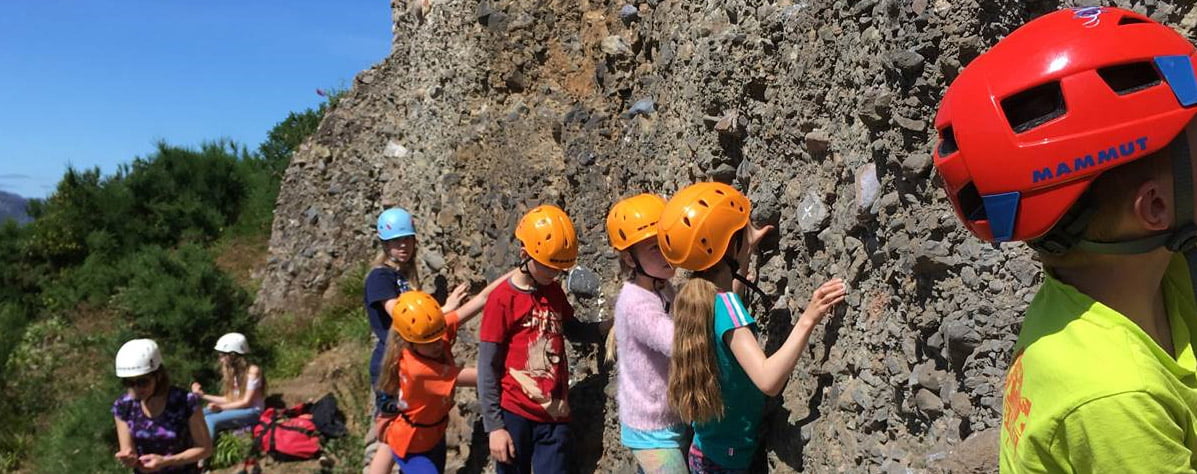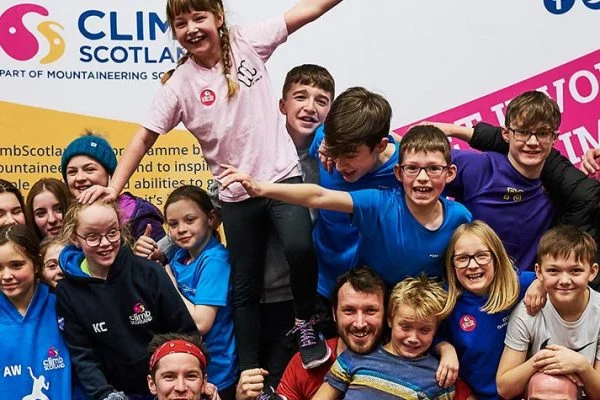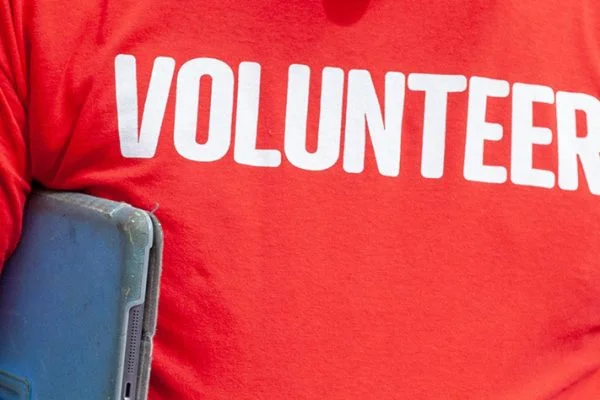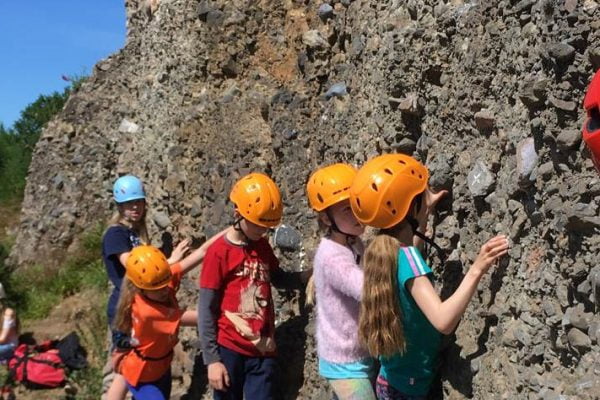Climbing is an awesome sport that can have a very positive influence on people, especially when activities are led by people who place wellbeing first.
The ClimbScotland team and Mountaineering Scotland take peoples wellbeing and safeguarding very seriously, with the aim of ensuring that people stay safe and have fun while taking part in climbing. Read our policy below and find out where to go for further information, guidance or training if you are a volunteer, instructor, coach or official, working within the climbing and Mountaineering Sector.
Child Wellbeing and Protection Officer
Find out about the role and responsibilities involved.
PVG scheme for club volunteers
Membership of the PVG scheme for club volunteers.
Safeguarding in climbing
Safeguarding ensure that people stay safe and have fun when climbing.
Need support?
If you have any queries or concerns regarding the safeguarding of children and vulnerable groups in climbing, then please contact Child Wellbeing and Protection Officer Jamie Smith (ClimbScotland – Development Manager) at
Please note that if you have a concern about a child or young person, you can contact the police on 101, or 999 in an emergency, or your local social work services.
A special thank you to Lindsey Booth at Netball Scotland for sharing there PVG advice and guidance with us.




